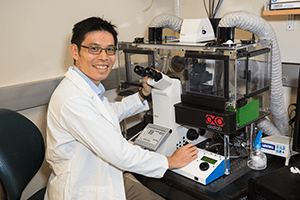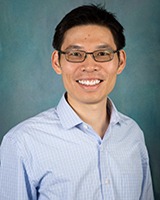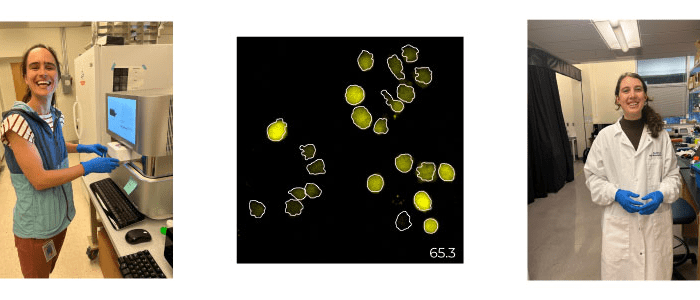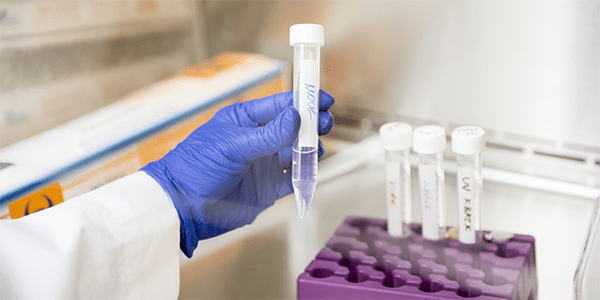Associate Professor
Email: kueh@uw.edu
Office: Foege N210E

Hao Yuan Kueh
Molecular and cellular engineering
Stem cell and developmental biology
Immunology
Gene regulation
Cell cycle regulation
A.B., Physics, Princeton University
2011 Postdoctoral fellowship, Irvington / Cancer Research Institute
2006 Award for Distinction in Teaching, Harvard University
2002 Predoctoral fellowship, Howard Hughes Medical Institute
Rothenberg E.V., Kueh H.Y., Yui M.A., Zhang J. (2016). Hematopoiesis and T-cell specification as a model developmental system. Immunol Rev. 271(1)72-97.
Kueh H.Y., Champhekar A., Nutt S.L., Elowitz M.B., Rothenberg E.V. (2013) Positive feedback between PU.1 and the cell cycle controls myeloid differentiation. Science, 341(6146):670-3
Kueh H.Y., Rothenberg E.V. (2012) Regulatory gene network circuits underlying T-cell development from multipotent progenitors. Wiley Interdiscip Rev Syst Biol Med, 4(1):79-102
Kueh H.Y., Brieher W.M., Mitchison T.J. (2010) Quantitative analysis of actin turnover in Listeria comet tails: evidence for catastrophic filament turnover. Biophys J, 99(7): 2153-62
Kueh H.Y., Mitchison T.J., Brieher W.M. (2008) Actin disassembly by cofilin, coronin, and Aip1 occurs in bursts and is inhibited by barbed-end cappers. Journal of Cell Biology, 182(2):341.
Levine J., Kueh H.Y., Mirny L (2007). Intrinsic fluctuations, robustness, and tunability in signaling cycles. Biophysical Journal, 92(12):4473-81.
Vilar J.M., Kueh H.Y., Barkai N., Leibler S. (2002). Mechanisms of noise-resistance in genetic oscillators. Proceedings of the National Academy of Sciences, 99(9):5988-92.
In the News
The surprising discovery of memory flexibility in disease-fighting T cells
2024-02-02T06:25:51-08:00February 1st, 2024|
Delayed action gene switch controls when stem cells become T cells
2021-03-23T20:57:43-07:00March 23rd, 2021|
Hao Yuan Kueh named co-recipient of Chan-Zuckerberg Initiative’s Human Cell Atlas pilot project grant
2020-10-26T08:28:53-07:00November 15th, 2017|
Jennifer Davis, Hao Yuan Kueh, Alec Smith receive 2017 UW ISCRM Tietze Scientist Research Awards
2020-10-26T08:28:54-07:00September 20th, 2017|
UW Bioengineering: Building Global Excellence in Neuroengineering and Immunoengineering Research
2021-03-02T05:44:56-08:00October 26th, 2016|








